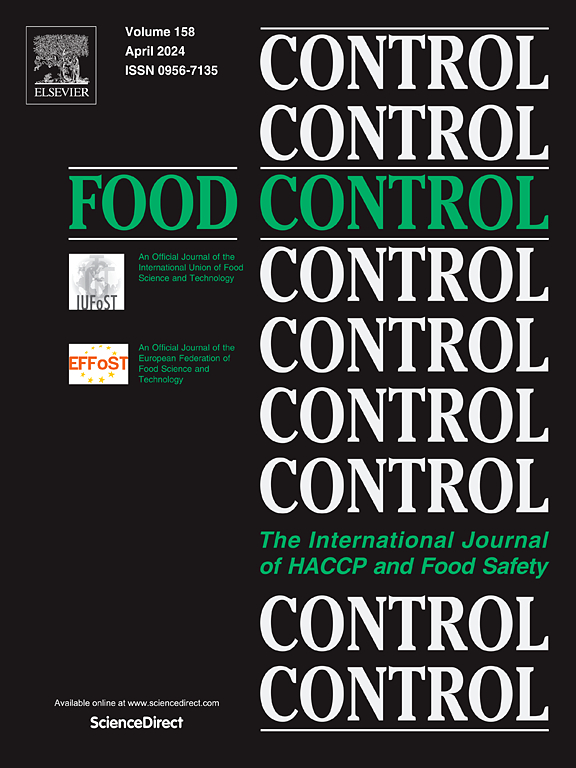Climate-sensitive biological and chemical preharvest food safety hazards in Canadian agriculture: A scoping review
IF 5.6
1区 农林科学
Q1 FOOD SCIENCE & TECHNOLOGY
引用次数: 0
Abstract
Climate change poses risks to food safety at the preharvest level. Synthesized high-quality evidence on the impacts of meteorological variables —temperature, precipitation, humidity, and extreme weather—on food contamination is essential for informing food safety policy and interventions. This scoping review aimed to synthesize peer-reviewed and grey literature on these effects and identify knowledge gaps. Using a registered a priori protocol, searches were conducted in MEDLINE via Ovid, Web of Science, AGRICOLA, and CAB International and grey literature sources. Two independent reviewers conducted a two-phase screening process on retrieved literature to identify eligible studies that examined meteorological variable impacts on preharvest food contamination specifically in Canada, the United States, or Europe. A total of 45 studies were included, with data extracted and synthesized. This review identified the impacts of meteorological variables on food safety hazards in grains (16/45), livestock (12/45), produce (10/45), and irrigation water (8/45). In grains, changes in precipitation, temperature, and humidity were strongly interconnected and linked with increased mycotoxin contamination. Seasonal changes and higher temperatures elevated biological hazards among livestock. Produce contamination, notably in leafy green vegetables, increased with higher temperatures, precipitation, and flood events. Irrigation water sources demonstrated increased contamination following increased precipitation, primarily. These findings highlight the critical influence of meteorological variables on preharvest food safety, underscoring the need for targeted mitigation and adaptation strategies to safeguard food systems in the face of climate change.
求助全文
约1分钟内获得全文
求助全文
来源期刊

Food Control
工程技术-食品科技
CiteScore
12.20
自引率
6.70%
发文量
758
审稿时长
33 days
期刊介绍:
Food Control is an international journal that provides essential information for those involved in food safety and process control.
Food Control covers the below areas that relate to food process control or to food safety of human foods:
• Microbial food safety and antimicrobial systems
• Mycotoxins
• Hazard analysis, HACCP and food safety objectives
• Risk assessment, including microbial and chemical hazards
• Quality assurance
• Good manufacturing practices
• Food process systems design and control
• Food Packaging technology and materials in contact with foods
• Rapid methods of analysis and detection, including sensor technology
• Codes of practice, legislation and international harmonization
• Consumer issues
• Education, training and research needs.
The scope of Food Control is comprehensive and includes original research papers, authoritative reviews, short communications, comment articles that report on new developments in food control, and position papers.
 求助内容:
求助内容: 应助结果提醒方式:
应助结果提醒方式:


